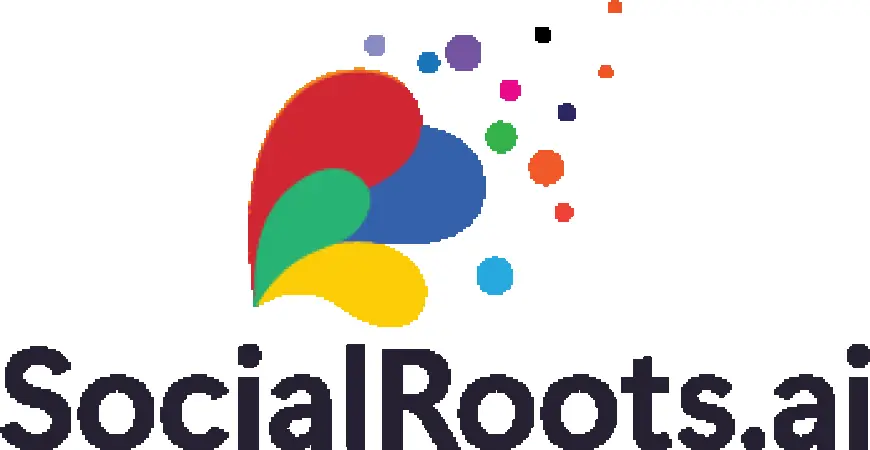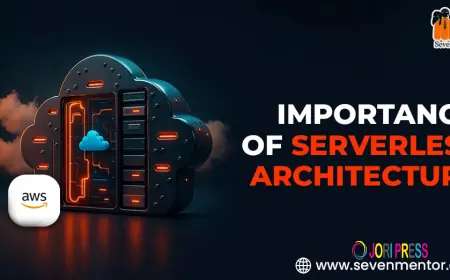Community Healthcare Software: The Digital Backbone of Inclusive Wellness
Community Healthcare Software: The Digital Backbone of Inclusive Wellness

In today’s interconnected world, healthcare is no longer limited to hospitals, clinics, or emergency rooms. Community health networks play a crucial role in ensuring that people from all walks of life, especially vulnerable and underserved populations, receive the care they need. Yet, managing the coordination, communication, and data-sharing between these networks has always been a challenge. This is where Community Healthcare Software steps in—not just as a tool, but as the beating heart of modern, inclusive wellness systems.
The Evolving Need for Community-Driven Healthcare Solutions
Traditional healthcare systems often leave gaps in service delivery—particularly for those facing socio-economic barriers. Community healthcare networks step in to bridge these gaps by integrating social services, non-profit organizations, and local health providers. However, without centralized digital tools, these networks can become overwhelmed by administrative inefficiencies, data silos, and missed opportunities for patient engagement. Community healthcare software provides a unified platform where organizations can collaborate seamlessly, ensuring that no patient slips through the cracks.
Centralized Care Coordination at Its Best
One of the greatest advantages of advanced community healthcare software is its ability to centralize care coordination. Instead of juggling multiple spreadsheets, phone calls, and scattered records, care managers can work within a single platform that connects them to all relevant service providers. Whether it’s scheduling a preventive check-up, connecting a patient to housing assistance, or monitoring chronic disease management, every task can be streamlined. This improves operational efficiency and allows care teams to focus more on human interaction rather than paperwork.
Integrating Social Determinants of Health (SDOH)
Healthcare is influenced by more than just medical treatment—factors such as housing, food security, transportation, and employment significantly impact overall well-being. Modern community healthcare software integrates these social determinants of health into care plans. This means organizations can identify risks early, provide holistic interventions, and measure outcomes more effectively. For example, a patient struggling with diabetes might receive not only medical treatment but also nutritional counseling and access to community food programs—creating a comprehensive care pathway.
Enhancing Collaboration Among Multiple Stakeholders
Community healthcare systems often involve a diverse ecosystem of hospitals, clinics, nonprofits, government agencies, and community volunteers. Coordinating efforts among so many entities can be challenging, but with the right software, collaboration becomes second nature. Secure messaging, shared case notes, and automated task assignments ensure that everyone stays on the same page. This interconnectedness fosters a culture of teamwork where every provider knows their role in improving community health outcomes.
Real-Time Data and Reporting for Better Decision-Making
In healthcare, timely information can mean the difference between proactive care and reactive treatment. Community healthcare software offers real-time dashboards and customizable reports, allowing administrators and decision-makers to track key metrics instantly. This includes patient demographics, referral completion rates, service utilization, and outcome trends. With this data, organizations can allocate resources more effectively, identify gaps in service, and adjust programs to meet evolving community needs.
Empowering Patients Through Accessibility
A key pillar of inclusive healthcare is ensuring patients can actively participate in their care journey. Many community healthcare software platforms now offer patient portals or mobile apps where individuals can view appointments, communicate with care providers, and access educational resources. This accessibility builds trust, encourages self-management of health conditions, and reduces the barriers between patients and their care teams.
Automation That Saves Time and Resources
Administrative burdens have long been a source of burnout for healthcare workers. Automation within community healthcare software alleviates much of this stress. Appointment reminders, referral follow-ups, eligibility verification, and compliance reporting can all be handled automatically. This not only saves staff time but also reduces errors, ensuring patients receive timely and accurate support.
Compliance and Security You Can Trust
Handling sensitive healthcare data requires robust security measures and strict compliance with regulations such as HIPAA. Leading community healthcare software is designed with built-in compliance features, encrypted data storage, and secure access controls. This safeguards patient privacy and builds confidence among both providers and the communities they serve.
Driving Long-Term Community Impact
When implemented effectively, community healthcare software does more than just improve efficiency—it transforms the health landscape of entire communities. By breaking down silos, fostering collaboration, and providing actionable insights, these systems create a foundation for long-term wellness. Over time, this leads to healthier populations, reduced healthcare costs, and stronger community resilience.
The Future of Community Healthcare is Digital
The shift toward digital solutions in community healthcare is not just a passing trend—it’s the future of how we deliver inclusive, effective, and compassionate care. As healthcare challenges grow more complex, the ability to adapt quickly and work collaboratively will define success. Community healthcare software provides the infrastructure to make this possible, ensuring that every individual, regardless of their circumstances, receives the care they deserve.
What's Your Reaction?
 Like
0
Like
0
 Dislike
0
Dislike
0
 Love
0
Love
0
 Funny
0
Funny
0
 Angry
0
Angry
0
 Sad
0
Sad
0
 Wow
0
Wow
0




















































